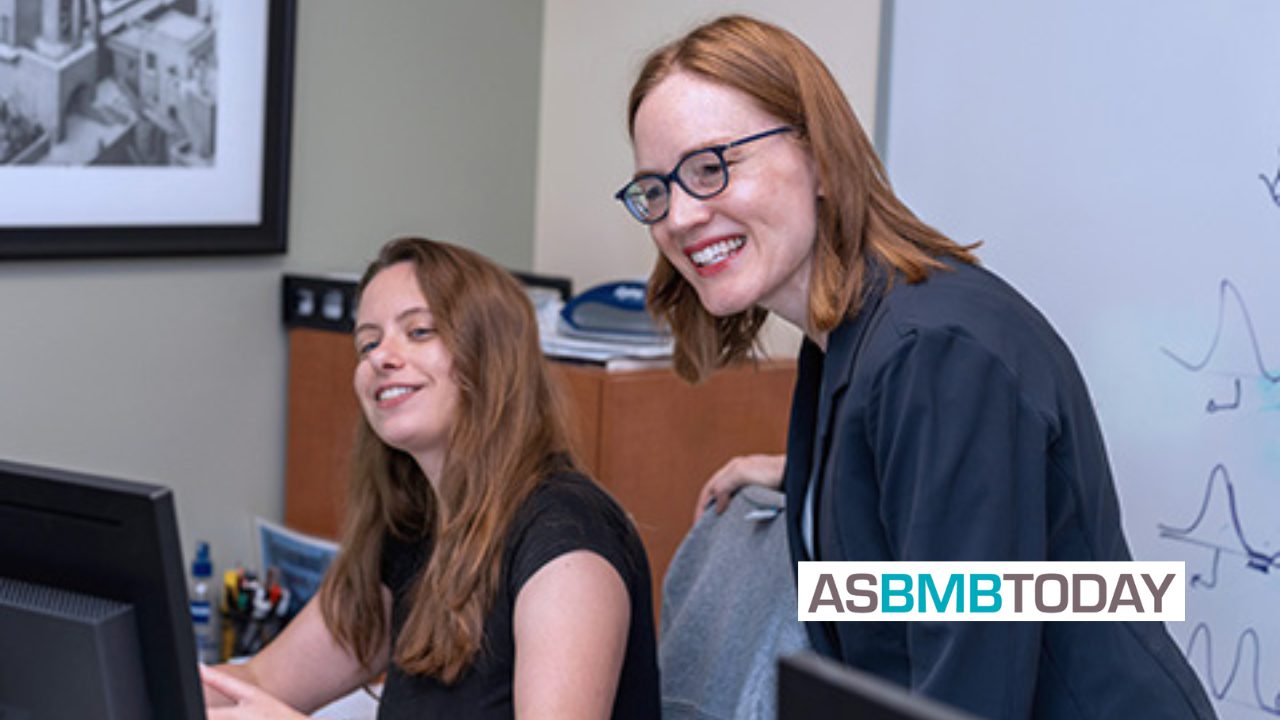KANSAS CITY, MO—Researchers from the Stowers Institute for Medical Research and collaborators have identified a way to expand blood-forming, adult stem cells from human umbilical cord blood (hUCB). This development could make these cells available to more people, and be more readily accepted in those who undergo adult stem cell treatments for conditions such as leukemia, blood disorders, immune system diseases, and other types of cancers, but who do not have an appropriate available bone marrow match.
“Life-saving bone marrow transplants have been the common practice for decades, but this doesn’t work for everybody,” says Stowers Institute Investigator Linheng Li, Ph.D., study lead who is also co-leader of the cancer biology program at the University of Kansas Cancer Center and an affiliate professor of pathology and laboratory medicine at the University of Kansas School of Medicine.
Only 30 percent of patients have a bone marrow donor match available in their families, according to the US Department of Health and Human Services. More than 170,000 people in the US are expected to be diagnosed in 2018 with a blood cancer (leukemia, lymphoma, or myeloma) according to the American Cancer Society.
Adult stem cells from umbilical cords are more likely to be a match for more people because there are fewer compatibility requirements than for a bone marrow transplant. But adult patients need two cords’ worth of blood per treatment, and there aren’t enough cord units available for everyone who needs the treatment. “If we can expand cord adult stem cells, that could potentially decrease the number of cords needed per treatment. That’s a huge advantage,” says Li.
In the study, published online July 31, 2018, in Cell Research, researchers zeroed in on a protein that affects multiple targets and pathways involved in hematopoietic stem cell self-renewal, a broader approach than other studies that focus on a single target or pathway in the process. The protein, called Ythdf2, recognizes a particular type of modification on a group of mRNAs encoding key transcription factors for hematopoietic stem cell self-renewal and promotes the decay of these mRNAs within cells.
When the team knocked out Ythdf2 function in a mouse model or knocked down Ythdf2 function in hUCB cells, they observed increased expression of these transcription factors and expansion of hematopoietic stem cells, which are the major type of adult stem cells in hUCB. They observed that impairing Ythdf2 function did not alter the types of cells that were subsequently produced, nor did it lead to increased blood cell malignancies. In addition, the knock down treatment isn’t permanent, thereby allowing Ythdf2’s function to be restored after transplantation.
“Our approach of targeting Ythdf2 function using an RNA-based technique also helped avoid more persistent DNA-related changes such as mutations in epigenetic regulators,” says Zhenrui Li, PhD, a predoctoral researcher at the University of Kansas Medical Center who is performing thesis research in the Linheng Li Lab and first author of the study.
Those kinds of genetic mutations could lead to the re-genesis of leukemia or cancer, Zhenrui Li explains. Since the Ythdf2 protein is present in different kinds of adult stem cells, targeting it and how it affects hematopoietic stem cells seemed a safer approach and, if it worked, broadly applicable.
Linheng Li believes that this approach could potentially be applied to other types of adult stem cells, which may lead to increasing the amount of adult stem cells available for treating patients. This may also be complementary to the approach of haploidentical adult stem cell transplants, which involve donors from a close but still mismatched family member. These patients typically require immune suppression treatment to suppress graft versus host disease.
“This work represents a path forward by demonstrating the ability to reliably expand adult stem cells from umbilical cord blood in the laboratory without terminally differentiating the cells into more mature and relatively short-lived blood cells,” says Joseph McGuirk, MD, professor of medicine and medical director of blood and marrow transplant at the University of Kansas Health System, who was not directly involved with the study. “These findings represent a major advance in the field and have significant potential to improve the outcomes of thousands of children and adults who undergo umbilical cord blood transplantation every year.”
Other coauthors from the Stowers Institute include Pengxu Qian, Ph.D., Wanqing Shao, Ph.D., Xi C. He, M.D., Madelaine Gogol, Zulin Yu, Ph.D., Yongfu Wang, Ph.D., John M. Perry, Ph.D., Kai Zhang, Fang Tao, Ph.D., Kun Zhou, Ph.D., Deqing Hu, Ph.D., Yingli Han, Chongbei Zhao, Ph.D., Richard Alexander, Shiyuan Chen, Allison Peak, Kathryn Hall, Michael Peterson, Anoja Perera, Jeffrey S. Haug, Tari Parmely, Hua Li, Ph.D., and Julia Zeitlinger, Ph.D.
This study would not have been possible without the strong collaboration with Chuan He, PhD, HHMI investigator and the John T. Wilson Distinguished Service Professor at the University of Chicago. Other coauthors from collaborating institutions include Hailing Shi at the University of Chicago; Meijie Qi, Yunfei Zhu, and Bin Shen at Nanjing Medical University, China; and Hanzhang Xu at Shanghai Jiao Tong School of Basic Medicine, China.
The work was funded by the Stowers Institute for Medical Research and a NIH National Cancer Institute grant to the University of Kansas Cancer Center (P30 CA168524). The content is solely the responsibility of the authors and does not necessarily represent the official views of the National Institutes of Health.
Lay Summary of Findings
Right now, there’s a large gap between the number of patients who need bone marrow and umbilical cord blood adult stem cell transplants and the number of transplant units available for use. This gap is due to the low rate of match between bone marrow donors and possible hosts, and the amount of human umbilical cord adult stem cells needed to treat one adult patient. Research from the Linheng Li Lab at the Stowers Institute for Medical Research and collaborators published online July 31, 2018, in Cell Research has revealed that reducing the function of a protein in human umbilical cord adult blood-forming stem cells allowed those cells to expand. These findings could provide an approach for bridging the adult blood-forming stem cell treatment gap for conditions like leukemia, blood disorders, immune system diseases, and other types of cancers, and may also be more broadly applicable to other types of adult stem cells.
About the Stowers Institute for Medical Research
The Stowers Institute for Medical Research is a non-profit, basic biomedical research organization dedicated to improving human health by studying the fundamental processes of life. Jim Stowers, founder of American Century Investments, and his wife, Virginia, opened the Institute in 2000. Currently, the Institute is home to about 500 researchers and support personnel, over 20 independent research programs, and more than a dozen technology development and core facilities. Learn more about the Institute at www.stowers.org and about its graduate program at www.stowers.org/gradschool.





